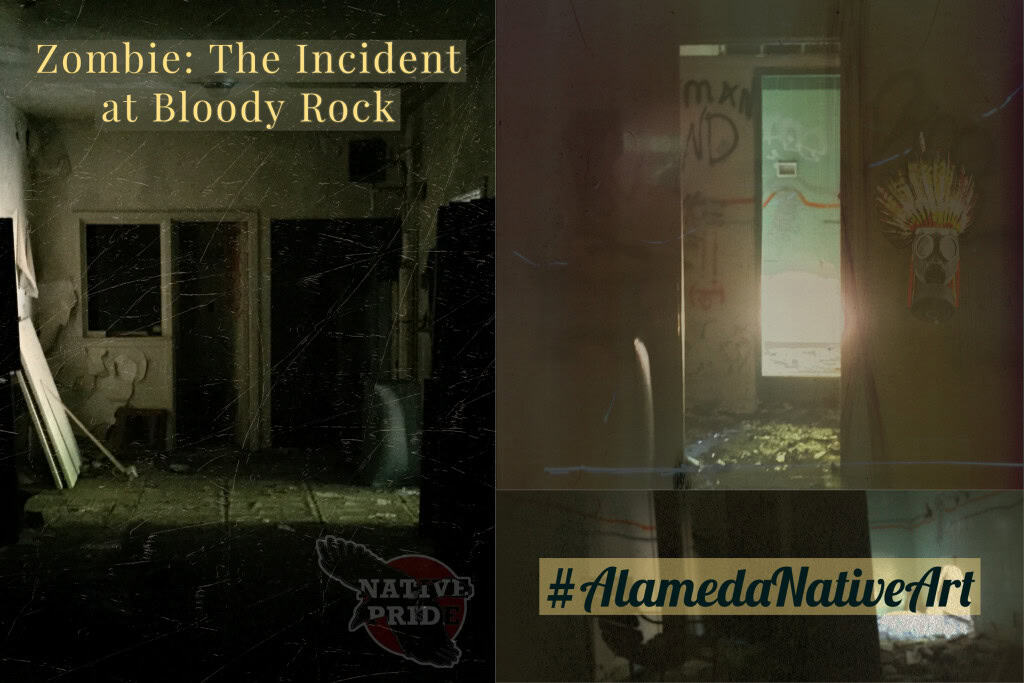
Publishing Notes
Originally posted to a Google blog called “Gabriel Duncan’s Zombie”, in 2011; which was re-syndicated from my original websites LonelyOcean.co.uk; and LonelyOcean.net [check the WayBack Machine]. I know that this story was written in 2006, finished and published shortly before the release of the film adaption of Richard Matheson’s book, I Am Legend.
I know it’s important to distinguish my work, Zombie: The Incident at Bloody Rock, from other works. But, the book I Am Legend, and the movie, “I Am Legend”, are important to distinguish from each other because:
- The book, I Am Legend was a racist white man’s response to Integration; the basis for the idea of “White Flight”; and he called all the zombies “vampire n-word’s”.
- “I Am Legend“, the movie, uses the premise of HIV being re-engineered to cure cancer by replacing malfunctioning cells with healthy cells, in some sort of CRISPR-esque way; oh yeah, and the main character is an African-American (Black) U.S. Army Lieutenant Colonel, and a Virologist–which is a far cry from the racist white guy hiding in his house, and performing mideval experiments to discover the best way to kill these …. vampire n-words. [What the hell. Seriously, the racism was barbaric. But, *spoilers* the main charecter in Matheson’s book was ultimately tried and executed for crimes against new humanity. …Which is sort of how the movie ends…. Sort of. That’s why the ending is a little weak, with the outro monologue. Sorry, my opinion.]
Zombie: The Incident at Bloody Rock
This is a story about the cure for the Human Immunodeficiency Virus; coupled with a mysterious enzymatic (bioenhancer) package, which became the catalyst for a zombie apocalypse. It’s got all the trappings of legit psuedo-science; plus some dark-corporate-money influence!
This story is written from the view point of someone who watches his brother become one of the first people to receive the Miracle Cure. This story takes place at a remote Children’s Research Hospital, in Northern California; on the eve of the roll-out of the Miracle Cure. It’s all so promising. So hopeful. Until the kids start getting sick.
This is the first of a series of at least three parts.
The second part is being written now. Third part is already outlined.
Some things I want to note:
- These zombies are re-animated through an anaerobic, chemical-electrical process that somehow leverages the components of the body for fuel, in an ultimately degenerative process.
- The idea of using a re-programmed RNA virus made the most sense. The other possible candidate was a prion-type genetic mutation.
- This idea has a twist:
- People who were previously infected with HIV seem to regain most of their higher brain function.
- Those who are not infected with HIV-1 or HIV-2 become the most basic, hyper-violent version of zombies.
- The primary influence behind this variant of Zombie Disease is the idea of augmentation. Something I’ve seen in the Resident Evil universe, specifically the series of books by S.D. Perry. And even Borg maturation chambers, to a certain extent.
- The book Medical Jurisprudence, Forensic medicine and Toxicology. Vol. 1, by Becker et al. was my main source material for the matters of death and dying; and, of course, Stiff: the curious lives of human cadavers, by Mary Roach.